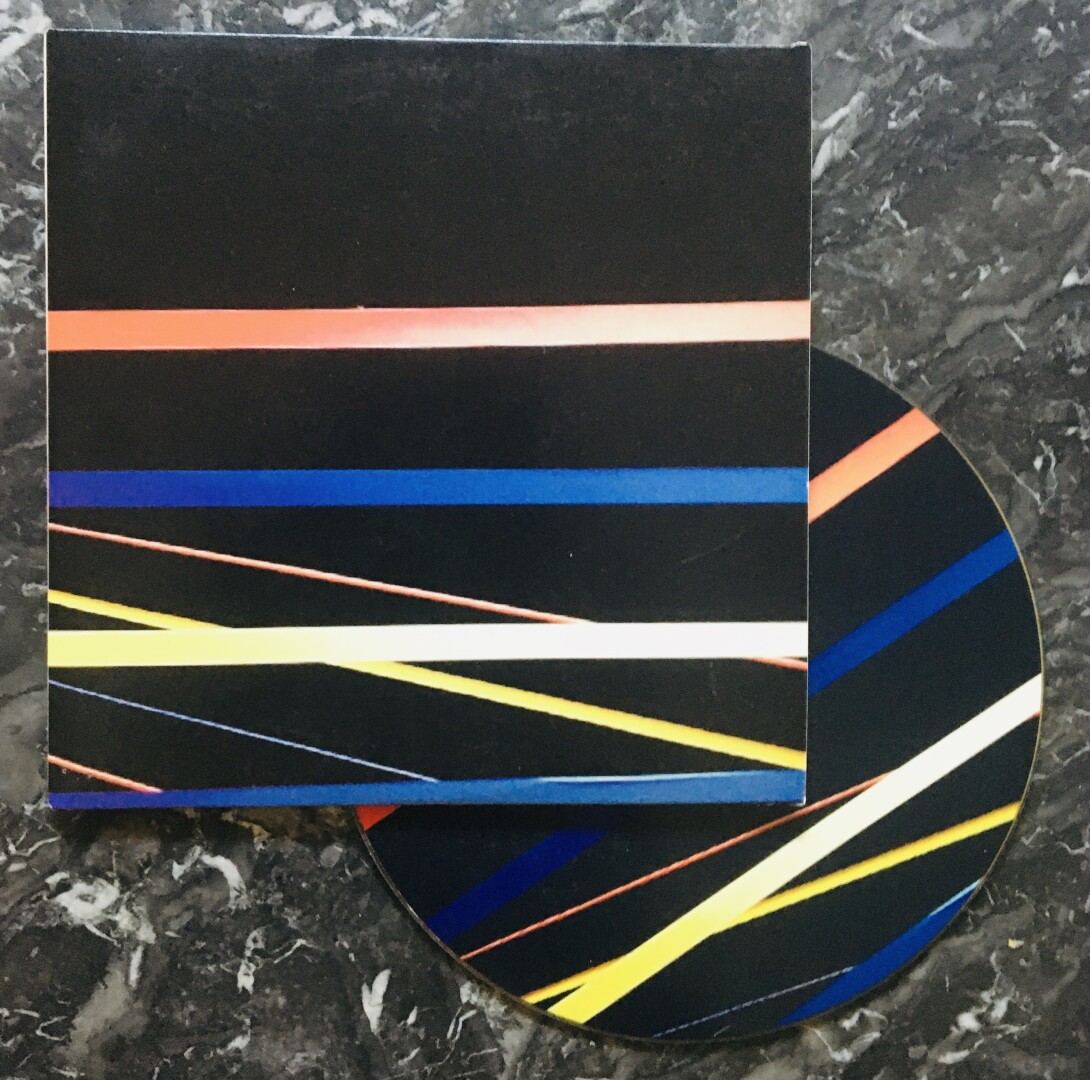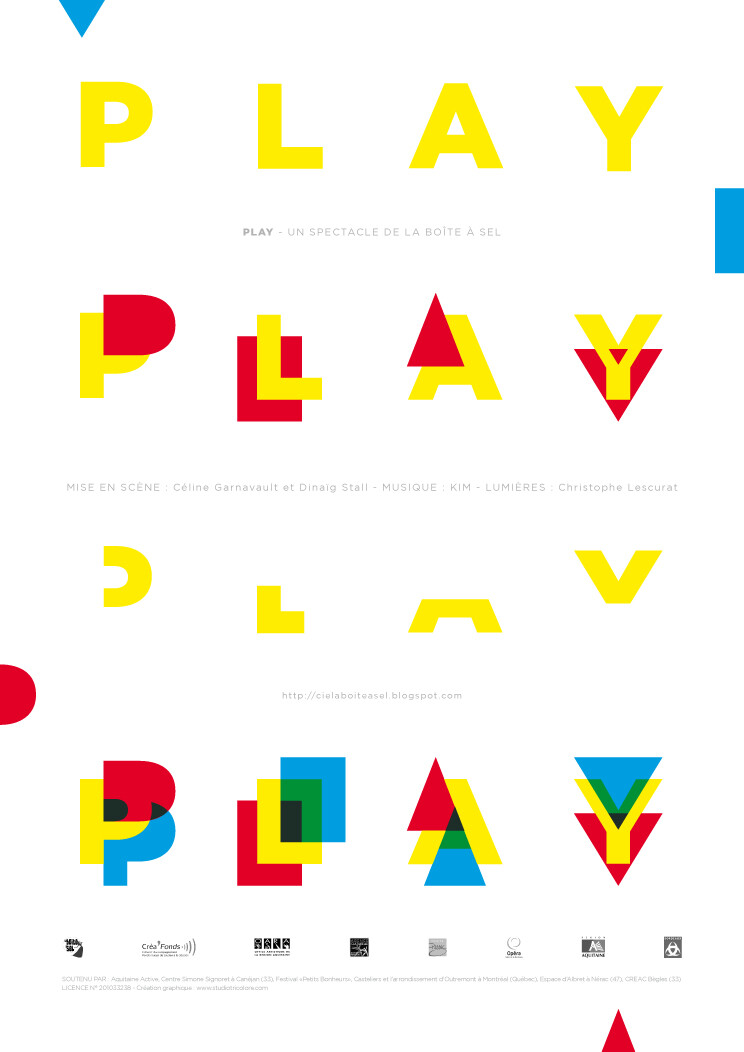
"In many ways, children thrive where adults fail. Children are more creative; they are natural inventors. Their view of the world is incomplete and demands discoveries. They progress because they embrace their ignorance instead of ignoring it. And they are inclined to explore, examine, and test their ideas because they are willing to fail. Unlike adults, they do not care how others perceive or evaluate their ideas, and they are not concerned with the notion of impossible or what does not work. Growing up undoubtedly has its advantages. As we age, our intellect sharpens and our will strengthens. We control our thoughts and desires. We identify our goals and hone our skills. But growing up comes at a cost: we lose the naivety that facilitates ideas and creativity. In other words, Picasso was right: 'every child is an artist. The problem is how to remain an artist once we grow up.' Excerpt from the article 'Why Children Draw Pictures of Monsters and Adults Don’t' by Sam Mc Nermey
Early childhood theater is far from a 'reduction' of public theater; it simply has its own rules of the game. That is all about PLAY: inventing our own rules of the game with objects and music. Just like the child in their games, who discovers their body, their space, the world around them, makes their little car fly in the air, invents an entire world with their hands and everything that comes to hand.
Because in object theater, often, it only takes a look, a gesture from the performer, without the object necessarily being put in motion. And already we project life. There is a lot of that breath in children's games. Everything can come to life; everything is potentially alive, inhabited. And these games are not free; they are a way of apprehending reality, allowing the person in development to tame their space, to learn the mastery of what surrounds them. The child is used to the world being resistant to them. And for the performer who ventures on stage, this becomes true again. Because the stage confronts the performer with the space, with their own body in that space, and often also with the objects that are there. Then, between their body and these objects, multiple possibilities of play are woven according to the place and status they decide to attribute to them. This is what we want to experiment with in PLAY, with the simplicity, creativity, and sincerity of a child sitting on their mat in the middle of a whole mess that only makes sense and comes to life through the desire to play!
Céline Garnavault and Dinaïg Stall


